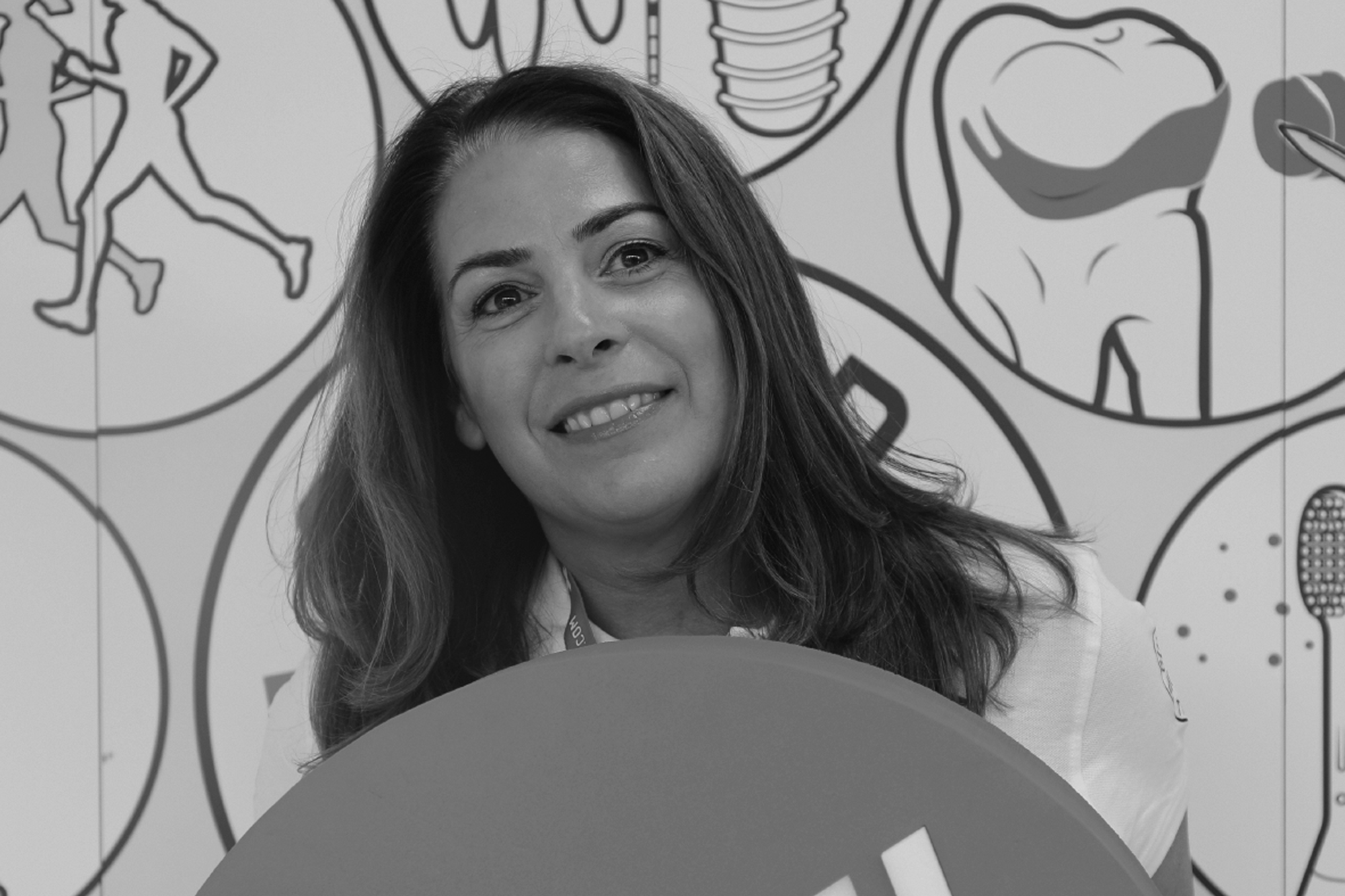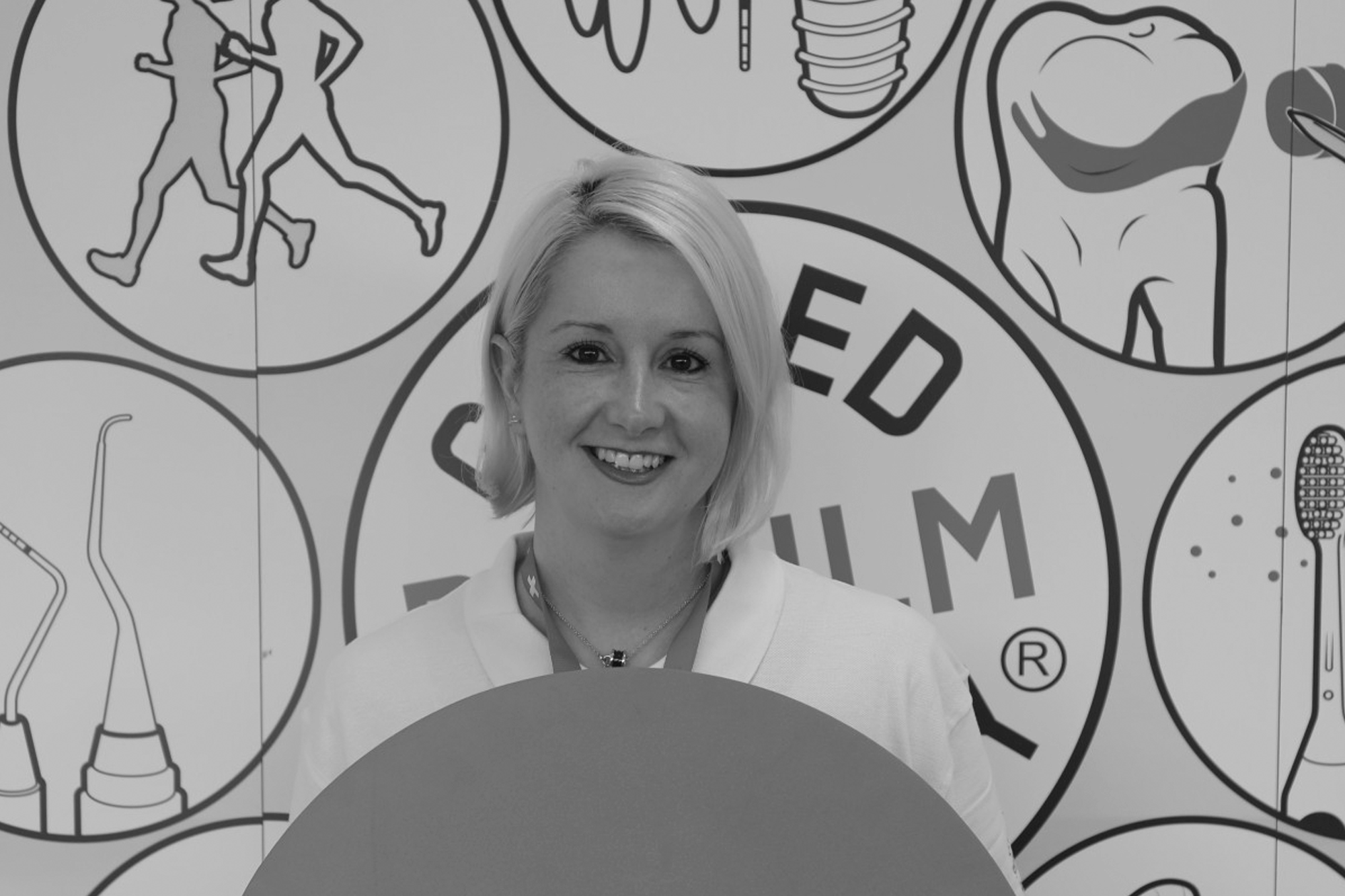
EMS is bringing the GBT Summit World Tour to Manchester this September – find out more about guided biofilm therapy and what the day has in store.
Building on the incredible success of the inaugural GBT Summit in London last year, EMS is thrilled to be bringing the event to Manchester in 2023, providing a remarkable day that is ideal for both existing and prospective users looking to supercharge their hygiene room.
So, on Friday 15 September between 8:30am and 4:30pm at Manchester’s Science & Industry Museum, the GBT Summit will bring together leading international experts and clinicians to share information about preventive dentistry and modern therapies to support existing GBT (guided biofilm therapy) users and those looking for new ways to elevate their skillset.
Whether you are already part of the GBT professional family or are considering adopting this revolutionary protocol, you are invited to join EMS in changing the face of preventive dentistry.
Priced at just £125 plus VAT and worth five ECPD hours, spaces will soon be filled, so don’t delay! Further information is available at gbt-dental.com/uksummit2023.
For now, below we provide a preview of what three of the speakers’ presentations will be covering. Their answers to the following questions serve to provide thought-provoking insight into what you can expect on the day.

Sally Simpson, a dental therapist who has been working in the field of dentistry for over 30 years, will be presenting an SDA Case Study.
Why is it important that a minimally invasive approach to patient management and treatment can be adapted throughout many patent types and groups?
All patient types and groups should expect to be managed in the least invasive way. Preserving the oral tissues, both hard and soft, should be at the forefront of the management of every patient.
With GBT, we are using proven, successful management and therapeutic modalities to treat and prevent disease. As well as to grow patient confidence and engagement through comfortable, painless management.
How does GBT ensure you are compliant in the appropriate management of dental disease?
The steps within the GBT protocol encompass all aspects of patient management in both gingival and periodontal diseases. They have a huge part to play in the prevention of tooth decay and screening for oral pathology.
The protocol guides the clinician through patient management. Current diagnostic, assessment, and therapeutic guidelines fit synergistically with each of GBT’s stages of care.
Where does GBT fit in with the medico-legal aspect of practising?
Following a protocol like GBT helps clinicians work to best practice and employ gold standard care. Clinicians using evidenced-based diagnostic and management guidelines within the protocol can be confident that they are meeting required standards of care.
Louise Warden, a dental hygienist practising at the Scottish Centre for Excellence in Dentistry in Glasgow, will explore how GBT enhances implant maintenance, helping delegates to gain an understanding of the three main implant classifications, how GBT can be used to treat all three of these stages, and how GBT benefits implant maintenance.
Why is there an emerging problem in terms of implants and peri-implantitis?
Implants are now more widely seen in day-to-day practice, a result of greater numbers of patients wanting a permanent solution to missing teeth, as well as more dentists training in providing implants.
With more dental implants, there is then more need to care for these implants and prevent implant disease. Implant disease is estimated at approximately 40% for mucositis and 20% for implantitis. These are high numbers for patients getting implants, so this could be described as an emerging problem.
How can hygienists and therapists make a difference in these circumstances?
As hygienists and therapists, we are at the forefront, seeing these patients regularly to spot disease early and treat. But, more importantly, to prevent these conditions from happening or progressing with detailed at-home oral hygiene instruction for the patient.
We can also identify risk factors that could lead to implant disease and liaise with the implant dentist on these.
I like to think of our role as personal trainers for our patients in oral and general health, as the part we play can have a massive effect on each patient’s motivation.
What preventive options does GBT offer implant patients, both before and after placement?
GBT is invaluable, firstly, and most importantly, before implant treatment starts. This is to get the patient’s mouth as healthy as possible and guide them in home care.
Once the implant is placed, GBT offers comfortable, non-invasive management of the implants to keep them healthy. And if disease has started, it offers the ability to remove the biofilm around the implant. This is crucial in the management of conditions associated with implants.
Honestly, I don’t know how I would treat implants without GBT now!

Also presenting an SDA case study is Claire Berry, a multi-award-winning hygienist, and a key pacesetter in dental prophylaxis training.
Why should every dental patient see the dental hygienist or therapist as a matter of course?
I strongly believe everyone needs to see a hygienist at recall intervals bespoke to their needs. The biofilm life cycle never stops and everyone, without exception, is susceptible to a biofilm-related disease.
It’s not solely about perio and caries anymore; we can help maintain overall health by controlling biofilm.
We must remember, once biofilm is removed, the process almost immediately starts again, allowing it to it re-accumulate and, as it matures in hard-to-reach areas, patients are at risk of disease once more.
It’s not that we can’t trust patients to remove all biofilm. It’s that there are so many inaccessible places that can only be reached with professional prophylaxis that they need us to maintain health.
I call my services ‘oral health optimisation’ and I use GBT as my treatment of choice to perform this. If we are thinking about optimising oral health, especially to support optimal general health, and if we are thinking about being proactive to prevent disease instead of reactive, then every patient needs to see a hygienist.
Why is GBT’s disclosing step so integral to success?
When it comes to the patient, seeing is believing. When it comes to the clinician, seeing is giving us guidance.
Let me explain – all patients think they are doing a marvellous job at cleaning their teeth, and no one likes to be told they are not getting it right. Disclosing allows us to show them without judgement that there are areas to adjust and work on.
It takes away any false notion the patient may have that it’s our personal opinion they need to do better and that, instead, it’s clinical fact. The results they can see in real time show them what they are doing well and what needs adjustments and why.
Visual learners also benefit from this, and it gives us a much better chance of inducing behaviour change. It takes the eye away from stain and calculus (and I mean this for the patient and for the clinician) and focuses our attention on biofilm, the thing that will cause disease.
I mentioned it guides the clinician. This is because, without it, we inadvertently leave approximately 23% of biofilm behind, purely because we can’t see it.
Knowing how biofilm matures to initiate disease, leaving any behind is doing our patients an injustice. Especially if they are unstable perio patients or at high caries risk.
How do you create a personalised routine to emphasise prevention between appointments?
After an assessment and diagnosis, which is step one of the GBT protocol, I talk to the patient about their diagnosis and the role biofilm plays. I use this moment to discuss how biofilm initiates both oral and systemic disease.
The health belief model states that a patient needs to realise they are susceptible to disease to facilitate behaviour change. This is how I start that process.
The GBT protocol then calls for disclosing at step two. I call this step ‘highlighting the biofilm’, so that we can see where they are doing well and where they need to make adjustments at home. I can also use it to guide me to be able to guarantee 100% removal.
Highlighting the biofilm allows the patient to see where the biofilm is. Then step three of the GBT protocol calls for me to use this to coach them on how to remove it at home.
As everyone’s pattern of biofilm is different, because of things like plaque retention factors, anatomical features or prostheses, their oral health instruction is bespoke to them.
This all happens before I even start any physical treatment to remove the biofilm. Reinforcing that home care comes first and what they do between appointments is what will stabilise disease and/or maintain health.
Testimonials
‘I have experience using GBT, but based on today I’ve not been reaching its full potential. It’s important to get trained in the protocol so I can use it in the most efficient way. Also, to pass on the ethos of pain-free treatment and more patient education. This will definitely help enhance what I offer, as well as help build revenue for the practice.’
– Reece Isaac, dental therapist and 2022 GBT Summit delegate.
‘The day was so interesting. The first lecture from Victoria Sampson was really different on a subject we don’t usually hear about. It has certainly changed our way of thinking.’
– Jane Laks of Bridgeview Dental Practice and a 2022 GBT Summit delegate.
You can find out more about the Summit speakers here.
For further information, visit gbt-dental.com/uksummit2023.



